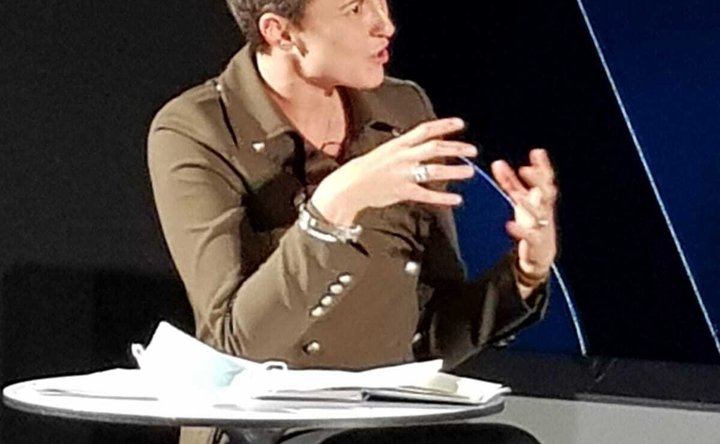The Philippines has ended its flirtation with China – so what next for the country’s navy?
In addition to US-donated vessels, the Philippine Navy has acquired ships from South Korea, such as the Jose Rizal-class multirole frigates. (Photo: USN)
As the second largest archipelagic state in the world – behind Indonesia – and situated at the edge of the Pacific but with territorial waters at the crossroads of international maritime trade routes, the Philippines has always held a strategic position in Southeast Asia.
Yet for decades the US was the only Western country showing interest and building ties with the Philippines and its navy, with several bases in the country until the non-renewal of the lease in 1991.
Additionally, despite its 36,289km of coastline and its 2,263,816 sq km of EEZ, both of which require considerable maritime capabilities to
Already have an account? Log in
Want to keep reading this article?
More from Naval Warfare
-
![US Navy may look to foreign suppliers to accelerate shipbuilding programmes]()
US Navy may look to foreign suppliers to accelerate shipbuilding programmes
The US Navy (USN) is currently reassessing its acquisition efforts and seeking ways to reduce the multiple delays across the shipbuilding initiatives.
-
![Australia commissions HMAS Arafura three-and-a-half years behind schedule]()
Australia commissions HMAS Arafura three-and-a-half years behind schedule
The Royal Australian Navy has finally commissioned the first Arafura-class offshore patrol vessel – more than three years behind schedule – highlighting the programme’s delays, design compromises and ongoing industrial restructuring.
-
![Italy orders two ships as work begins on others along with deliveries and updates]()
Italy orders two ships as work begins on others along with deliveries and updates
The Italian Navy is being refreshed with two new ships ordered, while in the past six months steel was cut for a new frigate, an enhanced frigate was delivered and Horizon-class frigates passed a design review.





















